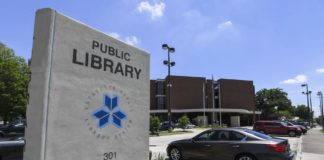
In the U.S., the Ryan White Program, housed under the Health Resources and Services Administration, administers HIV programming primarily through state and local grants. It’s often touted as the gold standard for domestic health programming.
But the models used successfully in the U.S. may not translate to other countries, and experts acknowledge that there is room to improve the response.
“HIV remains a serious threat to global health security and economic development,” wrote Secretary of State Antony Blinken in December as part of a report updating the agency’s five-year strategy. “Our progress can be easily derailed if we lose our focus or conviction, or fail to address the inequities, many fueled by stigma and discrimination and punitive laws, that stand in our way,”
The report highlights five main challenges ahead: continuing to identify and treat HIV-positive individuals in the face of changing demographics and populations affected, reducing new HIV infections globally, reducing transmission inequities in PEPFAR-supported nations, improving public health infrastructure and local government partnerships, and combating the effects of other infectious health threats that could thwart progress.
Thai advancements
On a Saturday morning in November, the staff at a Bangkok HIV clinic set up for their afternoon stream of patients. Rainbow Sky Association of Thailand, RSAT, is a Thai community group that conducts outreach for populations at-risk for HIV — primarily serving gay men and transgender women.








